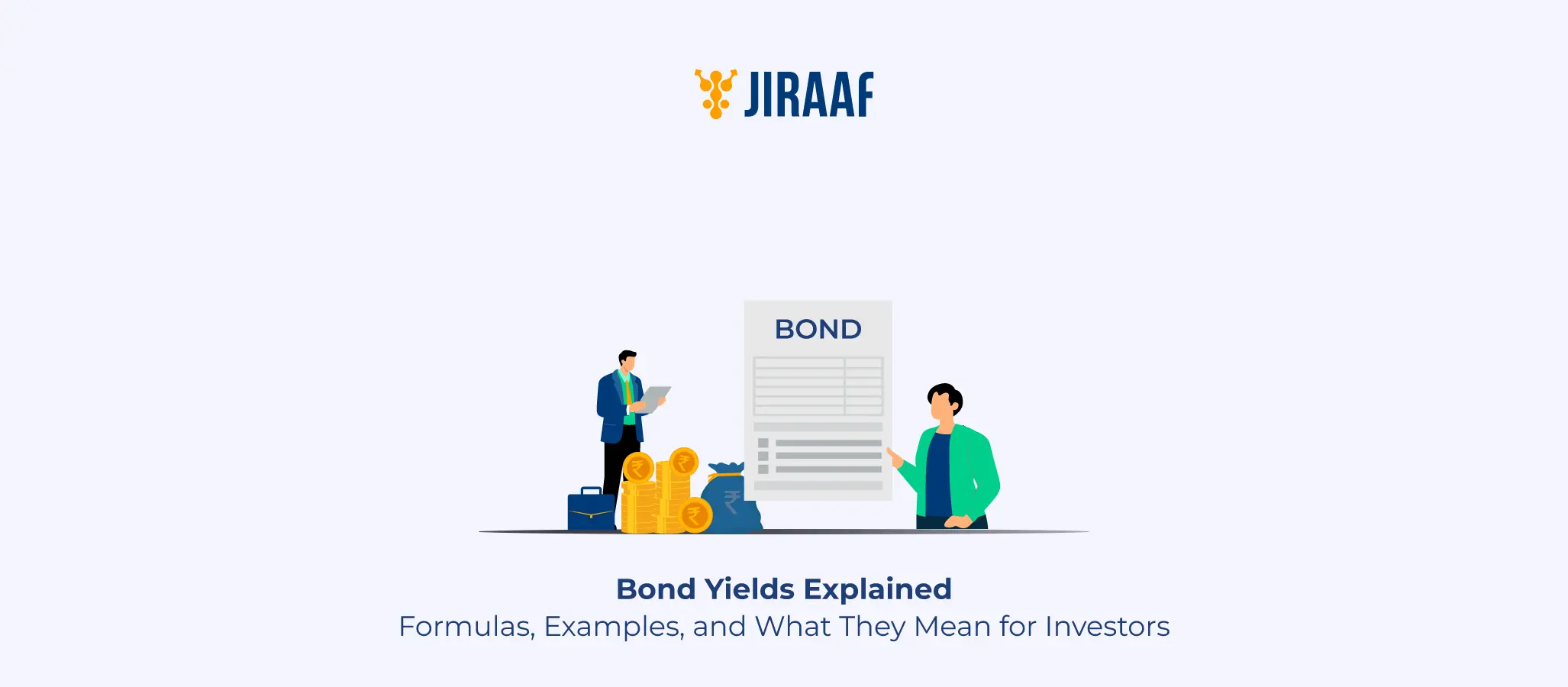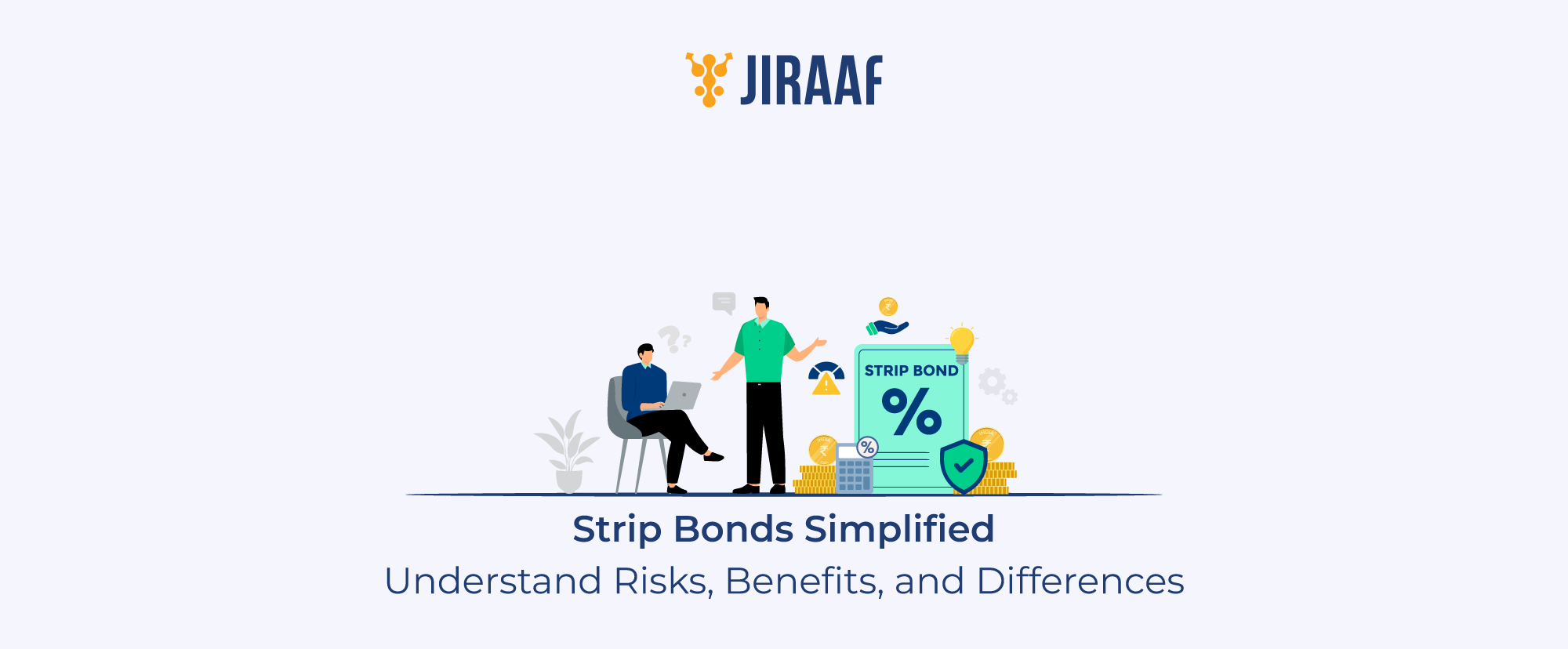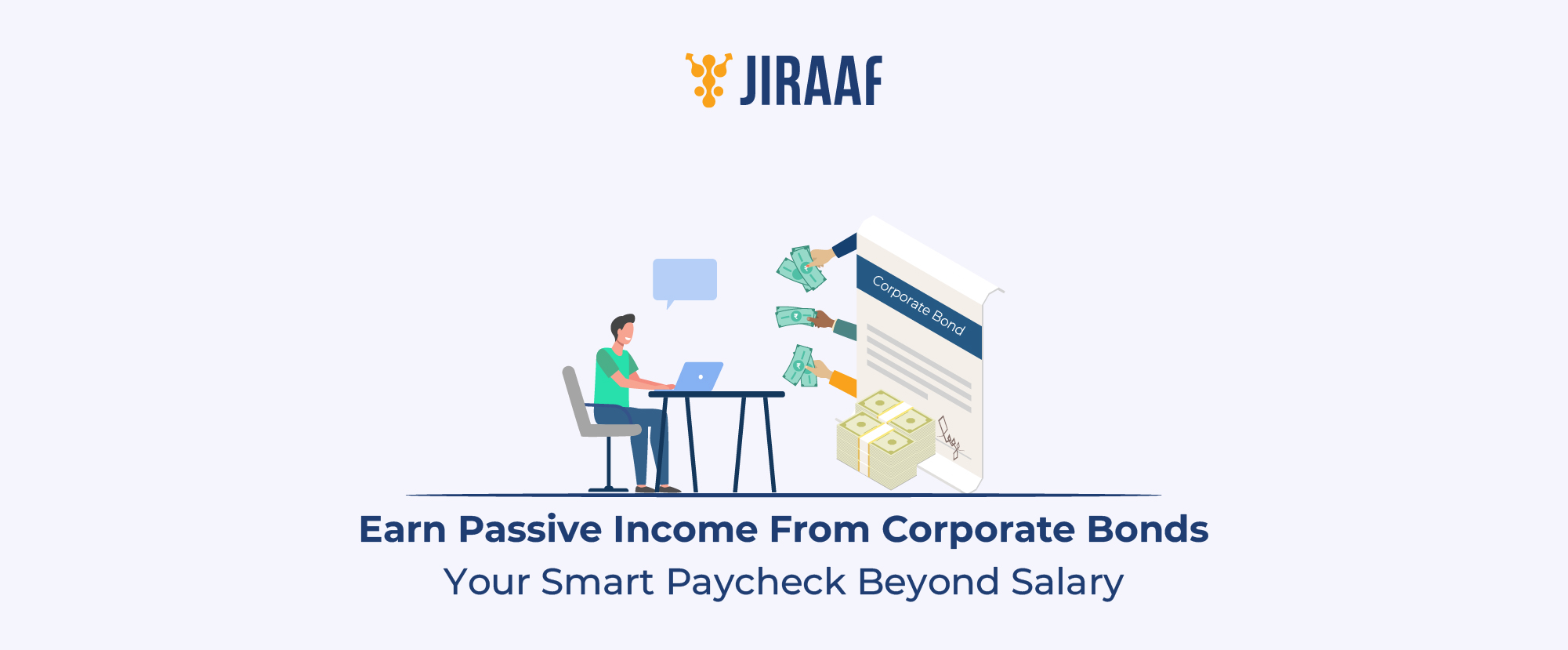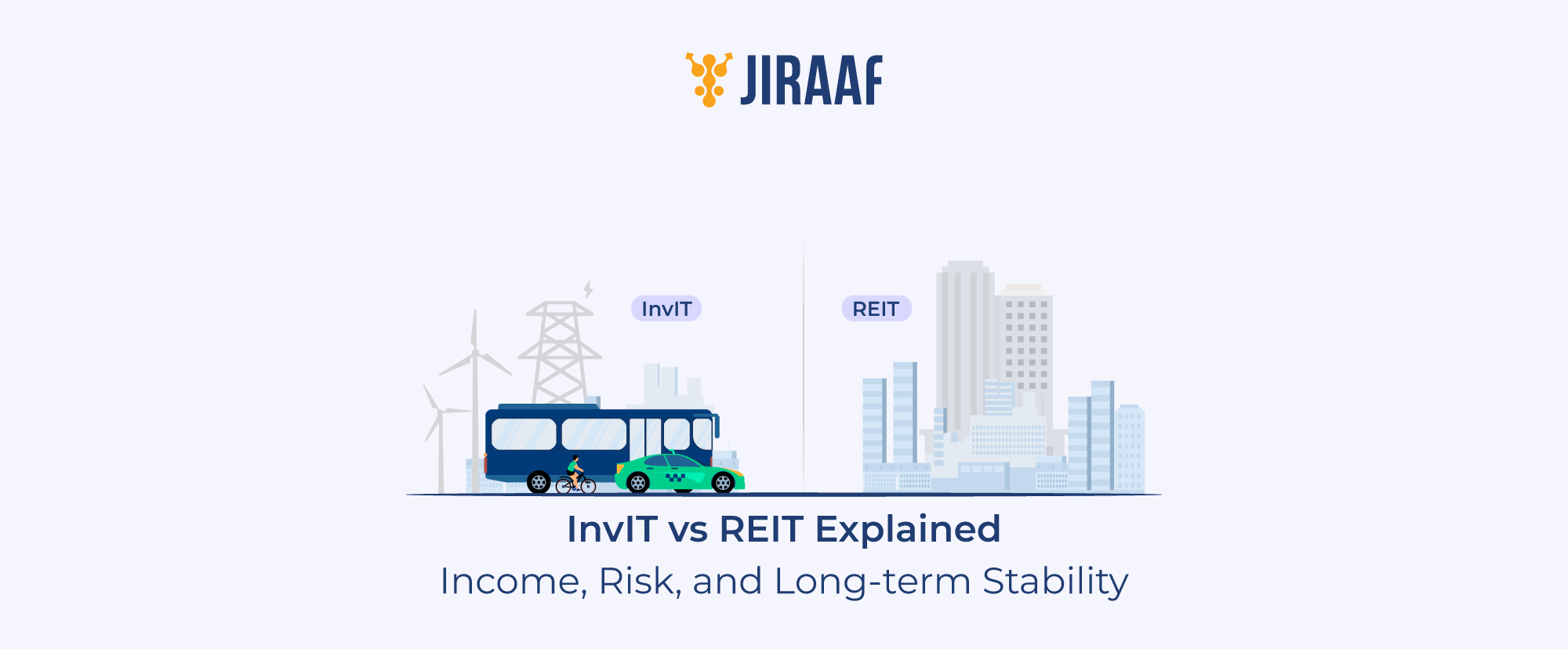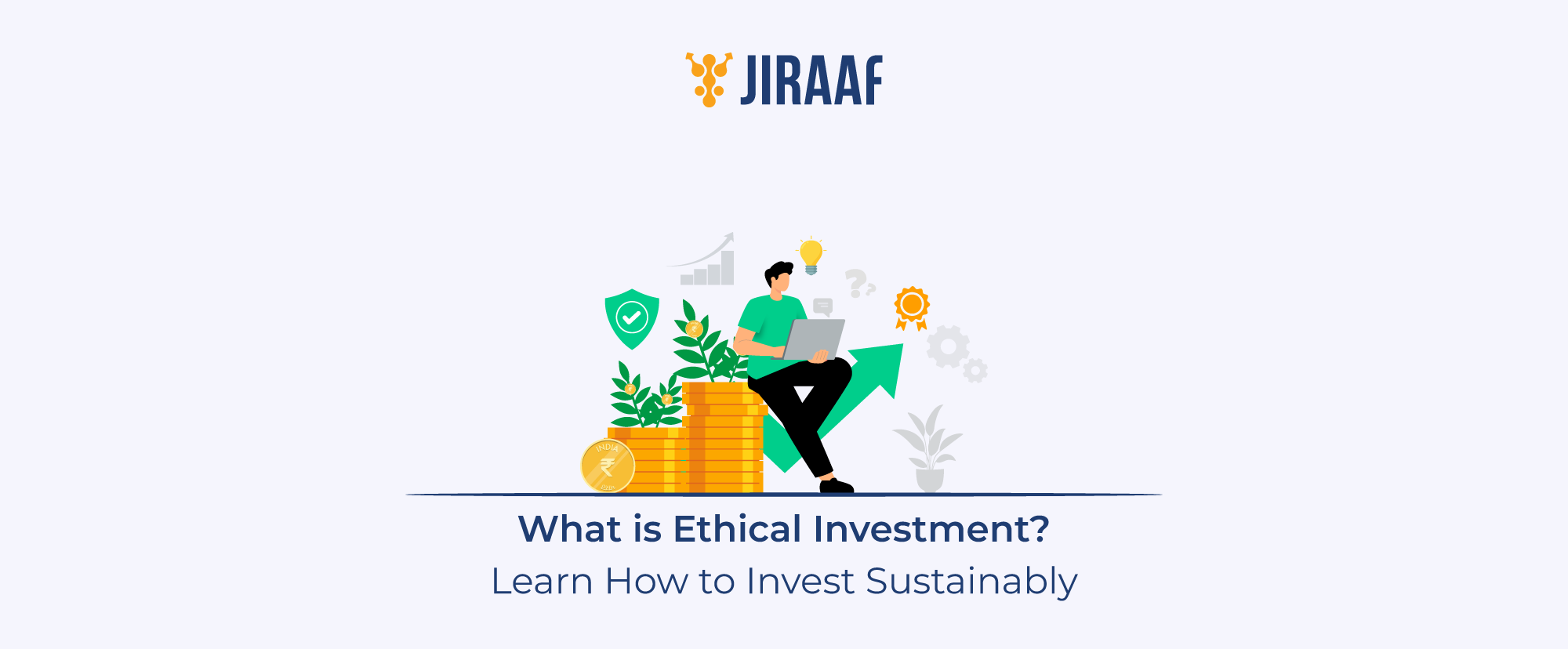Every bond comes with a promise: regular interest payments and your principal back at maturity. But between the issue date and the day you buy it, the value of that promise can change. The key number telling you what you’ll truly earn in such situations is the bond yield.
When you understand how to calculate bond yield, you crack more than the technicality; you learn how to decide whether a bond is worth the money you put in.
And that’s what this guide will do. It walks you through what bond yield means, how to compute it, and why traders, advisors, and even central banks watch this figure closely.
What Does Bond Yield Show
A bond’s coupon is fixed. The yield is not. It moves with the bond’s market price.
Imagine a government bond with a face value of ₹1,000 paying a 7% coupon. Buy it at face value, and you make 7%. Purchase it for ₹950, and that same ₹70 coupon yields more than 7%. Pay a premium of ₹1,050, and your return decreases.
This is why yield matters: it reveals the actual return you get based on what you paid, not just what the bond says on paper. Investors watch this number to judge if a bond beats other fixed-income choices or compensates them for risks like inflation and credit downgrades.
The Three Key Yield Measures
Not all yields tell the same story. These are the most common ways professionals break it down.
Current Yield
This one is straightforward. It shows the income you’ll earn over the next year compared to the bond’s market price.
Formula: Current Yield = (Annual Coupon ÷ Market Price) × 100
Example: A bond paying ₹70 annually bought for ₹950 gives a current yield of 7.37%. It’s a simple, one-year return estimate.
Yield to Maturity (YTM)
YTM looks beyond one year. It calculates the average annual return you’d make if you hold the bond until maturity. It includes all coupon payments and any capital gain or loss from buying the bond below or above face value.
Because the formula can get overwhelming with multiple cash flows, most people use a yield-to-maturity calculator to get a precise figure.
Bond Equivalent Yield (BEY)
Some bonds pay interest twice a year or follow shorter payment cycles. Knowing how to calculate bond equivalent yield makes it easier to compare bonds with different payment schedules on the same annual basis.
BEY converts these semi-annual or periodic returns into an annualized figure. This is all the more important for comparing Treasury bills and discounted securities, which do not pay coupons but are sold at a discount.
How to Calculate Bond Yield: A Practical Walkthrough
Here’s how analysts and investors generally work it out:
- Write down the bond’s face value, annual coupon, current market price, and remaining maturity.
- Use the current yield formula for a quick, near-term view:
Yield = (Annual Coupon ÷ Price) × 100 - For a full holding period estimate, use this YTM approximation:
YTM = [C + (FV – P) ÷ n] ÷ [(FV + P) ÷ 2]
Where,
- C = Coupon payment
- FV = Face value
- P = Purchase price
- n = Years to maturity
- If the bond pays coupons more than once a year, calculate BEY to standardize returns.
Manual calculation is useful for understanding the mechanics, but most professionals double-check results with a bond yield calculator for accuracy.
A Trader’s Notebook Example
Let’s say you buy a bond with:
- Face value: ₹1,000
- Coupon: ₹80 annually
- Market price: ₹950
- Maturity: 5 years
On a trader’s notepad, the math looks like this:
YTM = [80 + (1,000 – 950) ÷ 5] ÷ [(1,000 + 950) ÷ 2]
YTM = [80 + 10] ÷ 975
YTM ≈ 9.23%
Hold this bond to maturity and you’re effectively making about 9.23% a year. A yield to maturity bond calculator would refine the result further.
How Investors Use Yield Numbers
Bond yields aren’t just a curiosity on financial tickers. They shape decisions every day:
- Retail investors compare yields to fixed deposits or debt funds before locking in their money.
- Portfolio managers adjust their mix of equities and fixed income based on where yields are trending.
- Advisors test whether post-tax yields meet client targets.
- Central banks and analysts track government yields to gauge borrowing costs, liquidity, and economic sentiment.
One basic yield calculation of bond income can redirect large sums of capital from one market to another.
Yield and Risk Go Hand in Hand
A high yield can mean better returns or a sign that the market thinks the bond carries more risk. Lower-rated corporate bonds typically trade at higher yields to entice buyers. Government bonds, considered safer, pay less. Understanding this trade-off is important for deciding between bonds that appear similar on paper.
Quick View of Yield Types
| Yield Type | Formula | What It Shows |
| Current Yield | Annual Coupon ÷ Market Price | Next year’s income return |
| Yield to Maturity (YTM) | [Coupon + (Face Value – Price) ÷ Years] ÷ Avg Price | Average annual return if held to maturity |
| Bond Equivalent Yield (BEY) | (Face Value – Price) ÷ Price × 365/days to maturity | Annualized return for multiple payment cycles |
This table gives a side-by-side look at the main ways yields are calculated and what each one tells you.
What Pushes Yields Up or Down
Bond yields shift daily. Here’s why:
- Interest rates: When central banks hike rates, old bonds look less attractive, their prices drop, and yields climb.
- Demand and supply: Heavy buying lifts prices and reduces yields; selling pressure does the opposite.
- Credit ratings: Downgrades increase required yields to offset risk.
- Inflation: Higher expected inflation drives yields upward.
- Time to maturity: Longer-term bonds usually offer higher yields to compensate for uncertainty.
Why Knowing Yield Matters
Learning how to calculate bond yield gives you clarity on what you’ll actually earn and whether a bond outperforms other investments. It helps you look beyond the headline coupon rates
Calculators make it easy, but understanding the formula gives you confidence when comparing bonds or questioning quoted returns. Whether you’re investing in government securities, corporate issues, or short-term notes, yield is the key figure connecting risk and reward.
